4 Simple steps to create Requirement Traceability Matrix (RTM) – Free Sample to download
Requirement Traceability Matrix (RTM) is a table (mostly a spreadsheet) that shows if each requirement has a respective Test case/cases to make sure if the requirement is covered for testing.
It is basically used to ensure that ALL the requirements and Change Requests are or will be tested.
Advantages of Requirement Traceability Matrix (RTM):
- Gives Overview of ALL the requirements
- Shows how requirements are linked to Test Cases
- Makes sure 100% coverage of requirements
- Easy to prepare
- No special tool is required
How to prepare Requirement Traceability Matrix (RTM):
- Get all available requirement documents. For eg. Business Requirement Document(BRD), Functional Requirement Document(FSD), Technical Requirement Document(TSD)
- First list down All the requirements from BRD one by one with requirement ID#
- Now go to FSD, and list all respective functional requirements for each Business Requirements
- Open Test Scenario or Test Case document and link available TC IDs to respective Functional Requirements
Let’s take an example:
Project: Online Flight Booking Application
Business Requirement Document (BRD) :
This document is provided by the Client with high-level business Requirements. Suppose for Flight Booking Application it shows below 2 requirements
BR_1 Reservation Module :
It should allow the user to book one or more tickets, one way or a round way for future dates
BR_2 Payment Module:
User should able to make payment for booked tickets via Credit / Debit Card or through Reward Points
Functional Specification Document (FSD) :
This document is prepared by the Technical team which further elaborate business requirements into functional requirements that can be implemented in software.
Suppose above 2 business requirements in BRD have more detailed functional requirements:
BR_1 Reservation Module :
- FR_1 : One Way Ticket booking
- It should allow user to book one-way ticket
- FR_2 : Round Way Ticket
- It should allow user to book round way ticket
- FR_3: Multicity Ticket booking
- It should allow user to book one way or round way ticket for multiple cities
BR_2 Payment Module:
- FR_4: By Credit Card
- It should allow user to make payment by Credit Cards
- FR_5 By Debit Card
- It should allow user to make payment by Debit Cards
- FR_6 By Reward Points
- It should allow user to make payment by Reward Points
And you have written some test cases or test scenarios for each functional requirement.
So if we prepare simple Requirements Traceability Matrix (RTM) for the above example it would like as below:
You can also add Execution Status and Defects columns in RTM to view the overall status of all requirements along with Test Cases.
Please download the FREE sample RTM Template from here.
DownloadPlease feel free to ask if any doubt in this article or anything related to Software Testing.

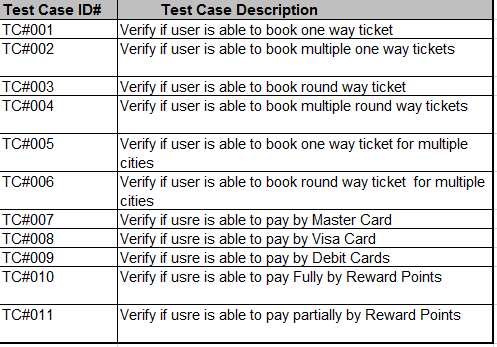
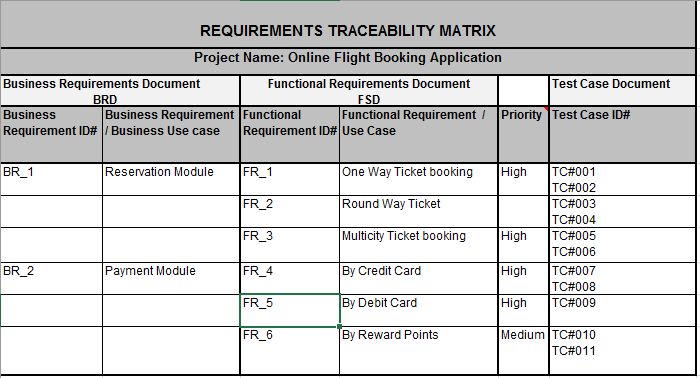
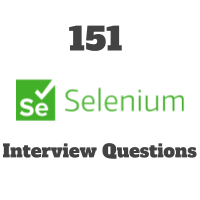
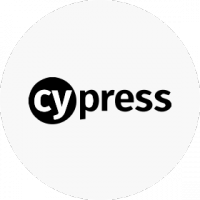
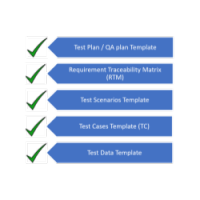
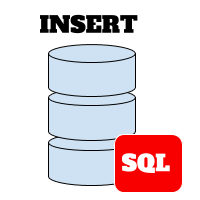
hi
great article ! it very clear, thanks for you.
can you help me about requirement traceability tools like Helix ALM?
Absolutely simple and understandable narration, Thank you so much man !
This is the best explanation ever i read.Fully understandable to implement in real time project
Thank you So much Balaram!
Keep Visiting ! Keep Learning !
can I apply the above steps by using recommender systems?
How I can do same steps by recommender systems.
I mean how can I do tracing the requirements by using recommender systems.
After so much search finally, I got an article worth a read.
Hi,
Can we map the same test case for multiple requirements in the traceability matrix??
for eg. if we have a login functionality at beginning of the application and there is a guest login even so the user can click on guest login and then inside the app he can even login which resembles the same functionality having at beginning of the application
I have a question, Is this matrix used to map test cases with BRD? Is my understanding correct?
Yes, you are right Gaurav !
Good article!!
Easy to understand RTM.
Keep it up…
?
Thanks!
Hello, great article. Would you agree that it is a best practice to exclude systems or other technical references in user requirements, and instead include those details in the traceability matrix (RTM) and design specifications (FSD)? E.g. screen, page, system ABC. I can’t find a reference to back up my assumption.
If we already create a RTM and then we recived a new requirement so how we can edit or how we can add this in our existing RTM….?
Yes..
Anytime!
You will have to maintain the versions for that.
How do use this in Agile implementation?we do not specifically have BRDs or functional specifications. We have features and it has multiple User stories linked to it. Each User story has an acceptance criteria.
One of the feature Agile dons is minimal documentation.
So most of the time we don’t need RTM.
But if asked, you can try with user stories only and then TCs.
Query: Seems if we are tracing from requirements specs, only system test cases will be included here. Can this be broadened to include traceability to design document specification ids and further also include traceability to unit test cases and integration test cases?
Glad you thought this way !
Yes definitely we can. It all depends on to which level we need to trace requirements.
And, Unit TCs will be traced by developers mostly
Hello would you happen to have an example of RTM required by the Food and Drug Administration (FDA) to obtain clearance for a medical device? They refer to it as a Traceability Analysis. Thanks.
Hello Susan,
We don’t have specific example for FDA, but we have provided the simple steps and Sample RTM Format which you can download and use easily for your requirements.
Hope this helps !
Please let me know if you need more info.
Hello Susan,
I am also researching information about documentation for medical device as per IEC 62304. Do we really need Traceability Analysis? And I need some more information about the documentation, would you be kind enough to share some information please?
Thanks
Sid
That was clear and precise. Thanks. Have you also made the test plan for this?
Divya, glad you found it useful !
Yes we have provided steps to write Simple & Effective Test/QA Plan with Sample Test Plan Report to Download
https://www.opencodez.com/software-testing/test-planning.htm
Hope this helps !
Thank you. The way you elaborated the topic is stupendous !!!!
Thank you so much Mahesh !
Thanks Shilpa for this great article.
Thanks djay!
Glad you find it useful.
Keep Visiting, Keep Reading, Keep Learning!
Mainly who creates RTM?
Please explain about Test plan with an example
Hi Vijay,
Did you check our article – https://www.opencodez.com/software-testing/test-planning.htm
Let us know if this helps you.
Good one.Thank you
Thankyou somuch it is helpful
Thanks Bala.
Thank u soo much
Shilpa: do you have any advice or sample if one is working from one requirements specifications document that has both BR/FR/NFR?
Thanks
Hi Josh, Thanks for writing us.
so you are working on one doc that has both BR and FR/NFR ? — Let me know if I have understood your question correctly.
In this case, Document name will be same, so you can add only one column for that.
And BR and FR will have unique IDs. so you can add those in the given sample.
Hope this helps !
If not or any issue, please let me know. Will be more happy to help.
Thanks for given such information , It’s very helpful …
Great article! It is explained very clearly and I loved the examples!
Thank u so much ! Do let us know if you want us to cover any other topic of your interest.